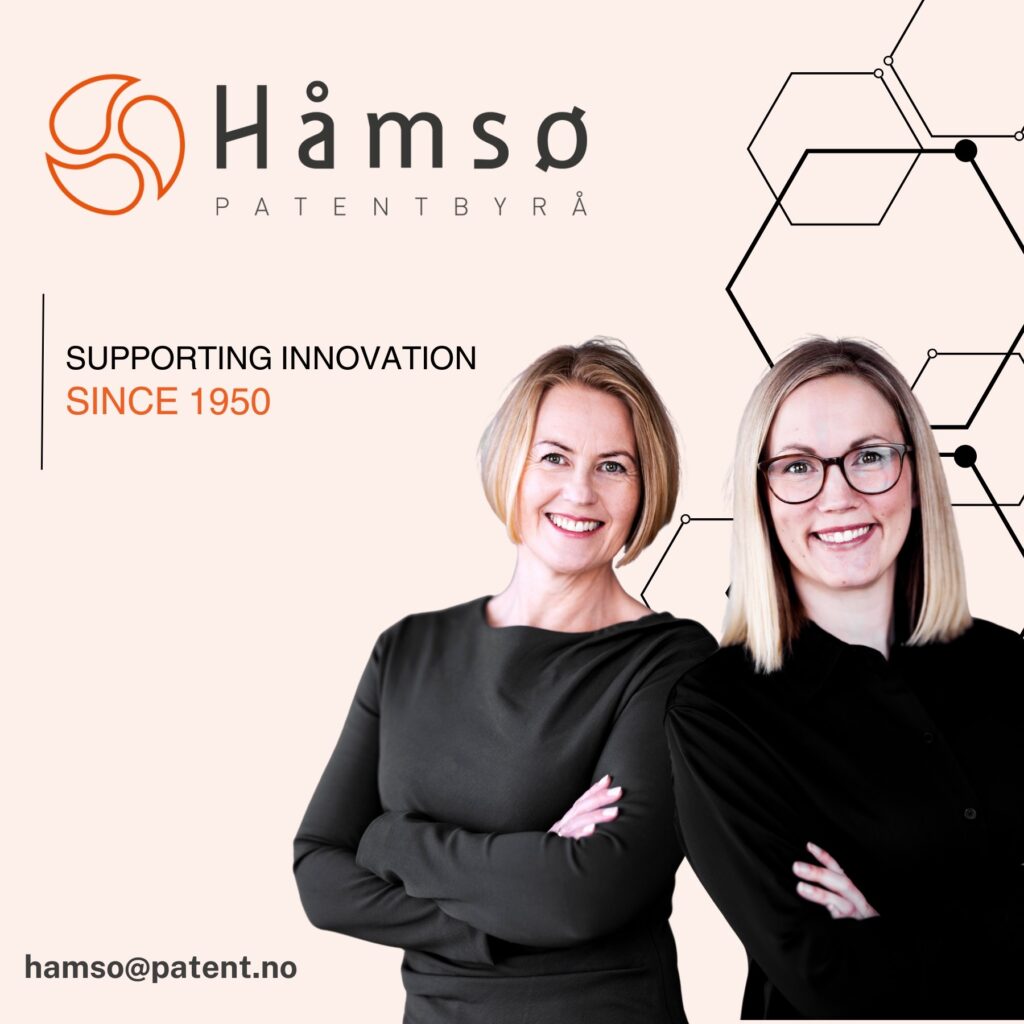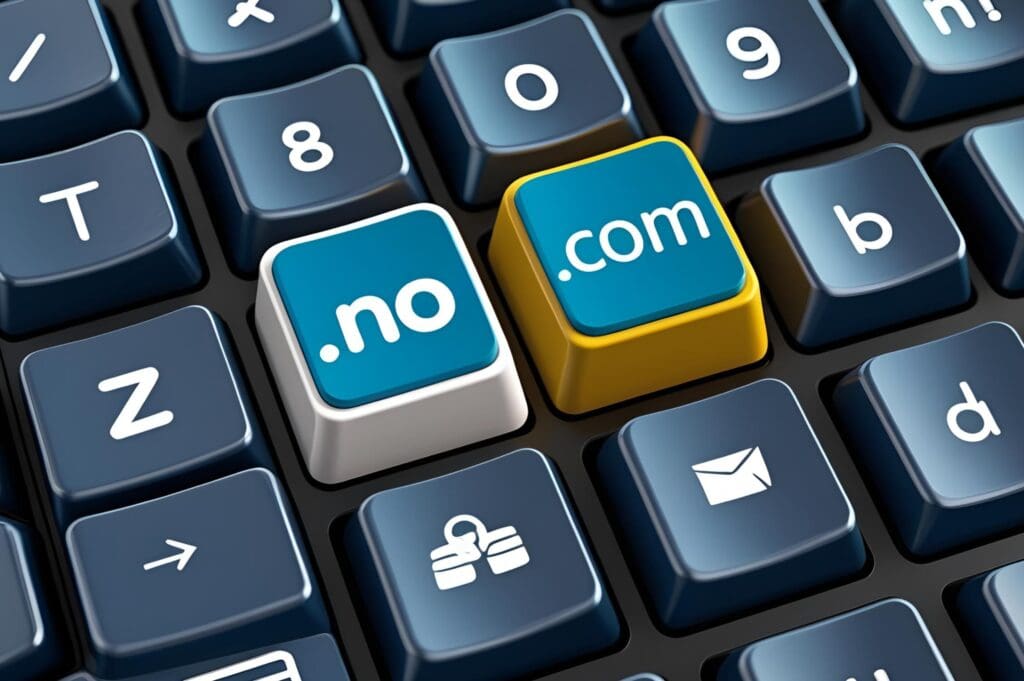In this article we explore how domain names and trademark law interact, look at four recent rulings from the Norwegian Domain Complaint Board, and give you hands-on advice on why—and how—you should secure both a domain name and a trademark before you invest time and money in branding and marketing. We also show how Håmsø Patentbyrå can help you build an efficient protection strategy from day one.
When a domain name meets trademark law
A domain name is more than just an internet address—it is the gateway to your brand. For many businesses the domain is tightly linked to the company name, customer trust, and online visibility. You might think it is obvious that you can use the sign you have built up, but that is not always the case.
Norwegian name-law follows a firm “first in time, strongest right” principle. The best way to document and lock in that priority is to register your domain name, trademark, and company name as early as possible.
Owning a domain does not automatically give you exclusive rights to the name. A domain is mainly a technical address, not a legal shield. If someone else has registered the same name as a trademark—or can show a stronger right—you may in some cases have to hand the domain over.
In a conflict, the Domain Complaint Board weighs up formal rights, history of use, actual use, and whether the holder is keeping or using the domain in bad faith. A registered trademark often tips the balance—but not always, as the cases below show.
Four fresh decisions that highlight the nuances
- Vaskeladden.no (DOK-2025-1)
Egroup Norway AS registered the domain in 2023. One year later Vaskeladden AS registered the name as a trademark for cleaning services, while the domain still lay unused. The Board held that the domain was kept in bad faith because it blocked the complainant’s right and ordered a transfer.
Lesson learned: Even an older domain can be transferred if the holder cannot show legitimate use after a trademark right has arisen.
- Temu.no (DOK-2025-10)
A Norwegian third party registered temu.no and pointed it straight to Temu’s official store. Temu held international trademarks valid in Norway and had been in heavy commercial use long before the domain was registered. The Board found clear rights plus bad faith and awarded the domain to Temu.
Lesson learned: Tidlig og tydelig varemerkeregistrering gir et sterkt vern dersom noen forsøker å utnytte eller kapre et domene som samsvarer med din registrerte rettighet.
- Sparebankennorge.no (DOK-2025-3)
Sparebanken Vest applied to register “Sparebanken Norge” as a trademark in 2024, but SpareBank 1 SMN had already registered the domain in 2021. The name was deemed generic and the domain had been registered in good faith. The transfer request was rejected.
Lesson learned: A trademark does not automatically beat an older domain registered in good faith—especially when the name lacks distinctiveness.
- Amiganorge.no (DOK-2025-9)
The complainant owned the trademark AMIGA, but the respondent could show over twenty years of continuous use of the sign. The Board ruled that the complainant had no better right and refused the transfer.
Lesson learned: Your trademark must be both earlier and factually stronger than the other party’s use—registering too late means a trademark alone won’t save you.
How to safeguard your name before launch
Before you settle on a name, start by searching the Norwegian Patent Office’s database to see whether identical or confusingly similar trademarks are already registered. Next, consult the Company Register for businesses with the same or similar names, and finally check Norid’s register to confirm that the .no domain is available. Keep in mind that rights can arise through registration—such as a trademark, company name, or domain—and also through actual use in the marketplace.
If no conflicting rights emerge from these checks, file your trademark application and reserve the domain straight away; securing your rights early is almost always far cheaper and easier than trying to win them back later. Choose a sign with real distinctiveness, since a distinctive name can be registered as a trademark and makes it harder for competitors to claim confusingly similar domains or company names, as the Sparebankennorge.no case illustrates.
How Håmsø Patentbyrå can help
With more than 75 years’ experience in trademarks, design, and patents, Håmsø Patentbyrå offers full-service protection for names, products, and technology. Under one roof you will meet European patent attorneys, trademark lawyers, and design advisers.

Want to secure a company name, product name, logo, or slogan? We offer new clients a 30-minute free consultation where we identify which rights you can—and should—protect, map out an efficient registration strategy, and flag possible pitfalls. Together we find concrete solutions. A trademark registration grants exclusive rights to the goods and services listed in your application, so a solid goods-and-services list is vital. Many draft this themselves, only to discover gaps when a dispute arises.
We help you avoid such “holes in your protection” by tailoring a list that covers both current business and future plans.
Starting up, rebranding, or merging? Contact Us —and secure your trademark from the very first step.
Are you also interested in design? Read our article about the new “D” symbol for more information.
